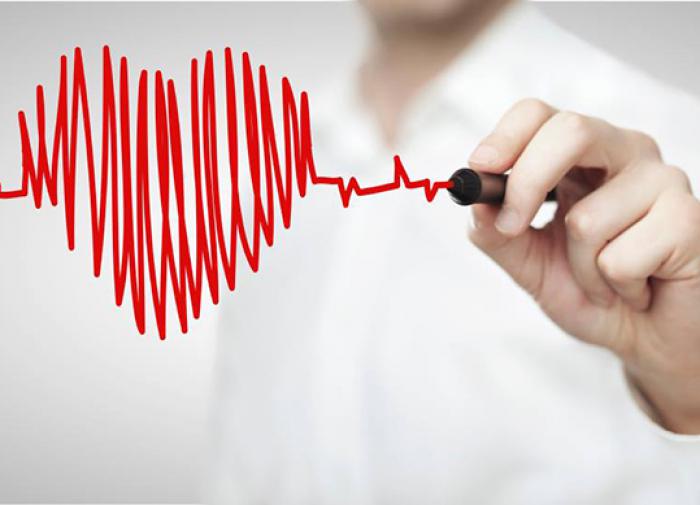How to restore heart function in case of tachycardia
3:02
Many people have experienced tachycardia in their lives, when the heart rate exceeds 100 beats per minute. This condition is dangerous because when the heart beats too often, the ventricles do not have time to fill completely with blood, and this leads to circulatory problems in the body.

Photo: Russian Ministry of Health
During an attack of tachycardia, tissues and internal organs do not have time to become saturated with oxygen, and the myocardium begins to work continuously, as a result of which it wears out faster. Tachycardia is not an independent disease, it is only a symptom of more serious pathologies, for example, arrhythmia or cardiosclerosis. Its symptoms are interruptions in the work of the heart, dizziness, sudden weakness and breathing problems. A cardiologist at the Federal Scientific and Clinical Center of the Federal Medical and Biological Agency of Russia told Pravda.Ru readers how to stabilize the condition Anna Masterkova.
How to restore heart function in case of tachycardia
At the time of an attack, it is important to stabilize the condition as quickly as possible. To restore normal heart function during tachycardia, you need to:
- take a horizontal position,
- free the upper part of the body from restrictive clothing,
- open the window.
This will help reduce the load on the cardiovascular system and provide an influx of fresh air. You should never throw your head back – this can cause circulatory problems.
You need to put a pillow under your neck and do breathing exercises consisting of several slow deep breaths and then holding your breath for 5 seconds. You can also drink a glass of cold water, it is recommended to wipe your forehead and temples with a cool towel or napkin.
Hot drinks and cold water dousing are prohibited during an attack of tachycardia.
If signs of panic appear, it is allowed to take a sedative. Young people are allowed to massage the back of the head to restore heart function in case of tachycardia. This method is contraindicated for older people – elderly patients have an increased risk of developing a heart attack or stroke. Medicines can be taken if the attack is not the first time, and antiarrhythmic drugs were previously prescribed by a doctor.
If first aid measures are not enough to restore the heart rhythm and tachycardia does not pass within 15 minutes, you should immediately call a doctor. Also, reasons for seeking medical help should be intense chest pain, severe headache and numbness of the limbs. Repeated attacks of tachycardia can lead to serious consequences in the form of a stroke, heart attack or thrombophlebitis.
Clarifications
Tachycardia (from ancient Greek ταχύς — fast and καρδία — heart) — an increase in heart rate (HR) to 100 or more beats per minute. == Literature == Tachycardia / Sokolov E. I., Kharkov S. A. // Great Medical Encyclopedia: in 30 volumes / ed.-in-chief B. V. Petrovsky. — 3rd ed. — Moscow: Soviet Encyclopedia, 1985. — V. 24: Vascular suture — Teniosis. — 544 p.: ill. Tachycardia: [арх. 15 декабря 2022] // Great Russian Encyclopedia: [в 35 т.] / ch. ed. Yu. S. Osipov. — M.: Great Russian Encyclopedia, 2004—2017.
>
Health News
Join Pravda.Ru
Source link
https://muslimprofessionalsgh.org